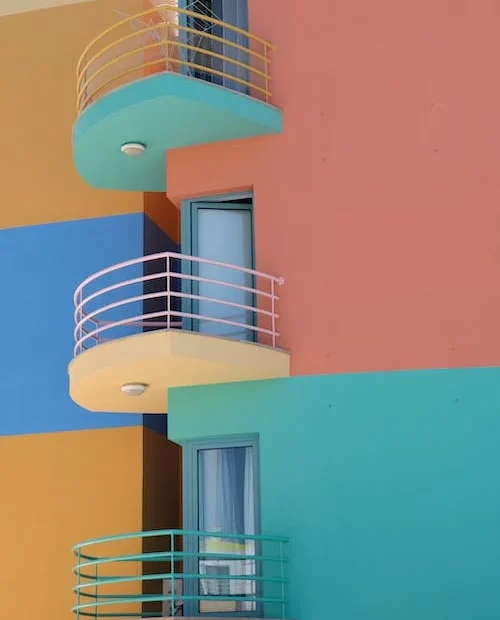Color psychology plays a significant role in interior design, influencing mood, perception, and behavior. In this article, we explore the role of color psychology in interior design, examining how different colors can evoke emotional responses and create distinct atmospheres within a space.
Warm colors such as red, orange, and yellow are known to evoke feelings of warmth, energy, and vitality. These colors are often used in living spaces and dining areas to create a sense of coziness and conviviality, encouraging social interaction and conversation. Warm colors can also stimulate the appetite, making them popular choices for kitchens and restaurants.
Cool colors such as blue, green, and purple are associated with calmness, serenity, and relaxation. These colors are often used in bedrooms and bathrooms to create tranquil retreats where occupants can unwind and rejuvenate. Cool colors can also evoke a sense of freshness and cleanliness, making them ideal for spaces where hygiene and purity are important.
Neutral colors such as white, beige, and gray are versatile and timeless, serving as a backdrop for other colors and allowing furniture and decor to take center stage. Neutral colors can create a sense of simplicity and sophistication, making them popular choices for modern interiors. They can also make small spaces appear larger and more open, enhancing the sense of airiness and lightness within a room.
Bold colors such as black, deep red, and vibrant yellow are used sparingly to create focal points and add drama to interior spaces. These colors can make a bold statement when used on accent walls, furniture pieces, or decorative accessories, adding personality and visual interest to a room. However, it’s important to use bold colors judiciously to avoid overwhelming the space and creating a chaotic or jarring atmosphere.
In conclusion, color psychology is a powerful tool in interior design, allowing designers to create spaces that not only look beautiful but also feel harmonious and balanced. By understanding the psychological effects of different colors, designers can tailor the color palette of a space to meet the needs and preferences of its occupants, creating environments that are both aesthetically pleasing and emotionally resonant.
More on INJ Architects:
